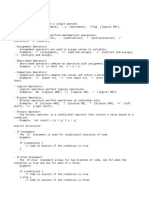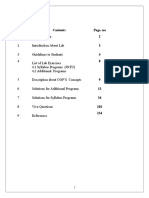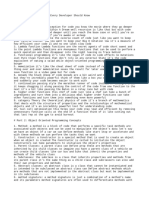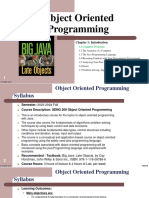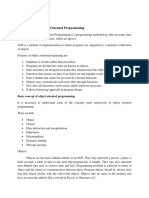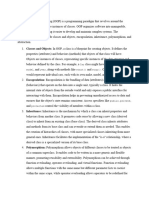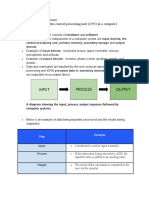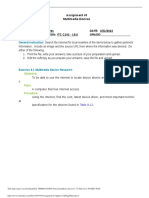0% found this document useful (0 votes)
100 views4 pagesLoops and Conditional Statements
This document contains an assignment for a computer programming course at JKUAT. It includes code samples for displaying numbers between 10-20 using a for loop and explanations of common loop types (for, while) and conditional statements (if, if-else) in object-oriented programming. Key benefits of using loops and conditionals in OOP are listed such as automation, flexibility, and code reusability.
Uploaded by
retsen30002Copyright
© © All Rights Reserved
We take content rights seriously. If you suspect this is your content, claim it here.
Available Formats
Download as DOCX, PDF, TXT or read online on Scribd
0% found this document useful (0 votes)
100 views4 pagesLoops and Conditional Statements
This document contains an assignment for a computer programming course at JKUAT. It includes code samples for displaying numbers between 10-20 using a for loop and explanations of common loop types (for, while) and conditional statements (if, if-else) in object-oriented programming. Key benefits of using loops and conditionals in OOP are listed such as automation, flexibility, and code reusability.
Uploaded by
retsen30002Copyright
© © All Rights Reserved
We take content rights seriously. If you suspect this is your content, claim it here.
Available Formats
Download as DOCX, PDF, TXT or read online on Scribd
/ 4









